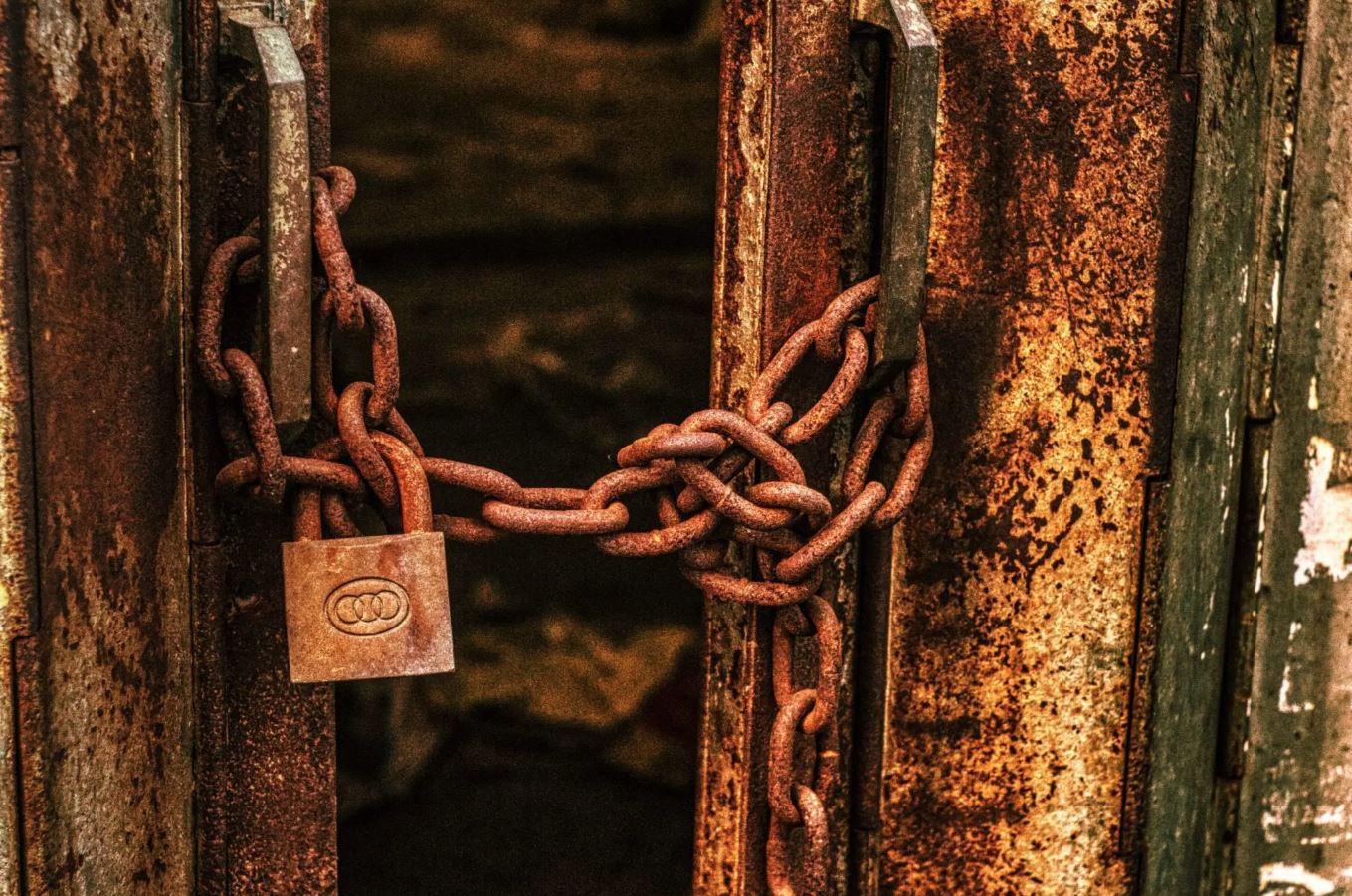Corrosion Choirs
An exploration of collective resonance, where multiple oxidizing metals perform together in an evolving sonic dialogue.

The ensemble of decay
Corrosion Choirs emerged from the desire to move beyond solo pieces and create group compositions that reveal how different metals interact through sound. When multiple oxidizing materials share a space, their chemical behaviors influence one another. Variations in humidity and ion exchange form a kind of environmental polyphony. Each surface corrodes at its own pace, yet collectively they produce an ambient harmony shaped by shared air and moisture. The result is a soundscape where entropy becomes orchestration and decay forms a communal language.
The installations are arranged as semi-circular assemblies of suspended plates. Each plate represents a voice in the choir. Steel provides the bass foundation, copper the midrange warmth, aluminum the airy treble. The configuration allows sound waves to interact, creating standing patterns that shimmer through the space. Listeners moving between panels experience shifting harmonics, as if walking through a living chord that never resolves. The effect is immersive but calm, a slow chorus that sings the chemistry of time.
Conducting without control
Unlike traditional ensembles, Corrosion Choirs has no conductor in the human sense. Its direction comes from the ambient environment and the invisible hand of oxidation. The sensors merely translate; they do not lead. Temperature spikes, minute drafts, or changes in barometric pressure can alter the entire mix. The artists refer to these variations as the “breath of the room.” In one instance, the gallery’s air-conditioning malfunctioned for a single afternoon, and the resulting humidity surge produced a sudden bloom of overtones that lasted for days. The piece adapts constantly, guided by forces beyond aesthetic intention.
This surrender to circumstance is not an abdication of authorship but an expansion of it. The creators design systems capable of self-expression. Their craft lies in preparing the conditions where material agency can unfold audibly. Each exhibition becomes a dialogue among metal, air, and audience. The visitors, by exhaling and moving, influence the balance of the composition, however slightly. What they hear is partially their own presence translated into resonance.
Choral architecture
Spatial arrangement is key to the project’s sonic texture. Panels are positioned at different depths and angles to promote interference and diffusion. The spacing between them determines the degree of overlap among frequencies. Some areas hum in rich unison; others pulse with gentle dissonance. As corrosion advances, these relationships shift. A plate that once sang clearly may dull as oxides thicken. Another may grow louder when microfractures improve its ability to vibrate. The entire room becomes a score rewritten daily by chemistry.
The visual experience complements the auditory one. Under the dim amber lighting, the metals resemble aged choir robes, mottled and luminous. Their surfaces capture subtle glints of copper red and steel gray, creating a color harmony that mirrors the tonal blend. Visitors often describe the sensation as standing inside a lung made of metal and air. Every whisper, every movement seems to join the choir, briefly merging human sound with material resonance.
Microphones as companions
Each installation employs contact microphones affixed directly to the plates, along with air microphones that capture the reflections between them. The dual system allows the recordings to preserve both the inner vibration of the metal and the ambient bloom of the room. The signals are processed through analog filters that mimic the acoustic qualities of cathedrals and caves. This treatment is not meant to embellish but to underline the natural depth of the tones. The outcome feels organic, as though the corrosion itself is shaping the space in which it resounds.
During long exhibitions, the recordings reveal gradual evolution. The spectral composition drifts subtly, favoring lower frequencies as the metals fatigue. Engineers monitoring the data sometimes compare these shifts to the slow lowering of a choir as it grows tired. In the final days, the sound becomes softer, the overtones vanish, and a faint hiss remains, a sonic equivalent of the last breath before silence. The choir does not end abruptly; it dissolves gracefully into stillness.
Harmony in entropy
Corrosion Choirs reframes collaboration through entropy. In conventional ensembles, unity arises from synchronization and discipline. Here it emerges through mutual decay. The metals do not compete; they coexist in gradual transformation. Their cooperation is rooted in shared vulnerability. Each contributes tone and texture to the evolving chord until corrosion equalizes their surfaces and the distinctions blur. What remains is an equilibrium that sounds like peace. The installation demonstrates that harmony can arise from disorder when attention replaces control.
Audiences often leave with a sense of calm rather than sadness. The sound is neither mournful nor triumphant. It exists somewhere between those emotions, a steady pulse that accepts impermanence. The choir teaches that listening itself is a form of participation in decay. To hear is to acknowledge time moving through matter. To accept the rust’s rhythm is to find continuity in change. The voice of corrosion is not destruction but transformation rendered audible.
The lingering resonance
After each exhibition concludes, fragments of the sound are archived. Yet even in storage, the recordings shift as digital compression subtly alters the waveform. No medium can perfectly preserve the choir’s voice, because preservation contradicts its essence. The point is not to capture a moment but to witness a process. The next time the installation appears, it begins again under different air, with different moisture, and thus a different song. Each new performance is an iteration of decay with its own character and tempo.
In this way, Corrosion Choirs echoes the philosophy of RustFrequency as a whole: to listen to materials not as static entities but as temporal beings. The choir will always sing, in some form, wherever metal meets air. Its voice is the sound of matter remembering that it belongs to the earth. What visitors hear is not art about corrosion but corrosion performing itself, patient and precise, one electron at a time.
